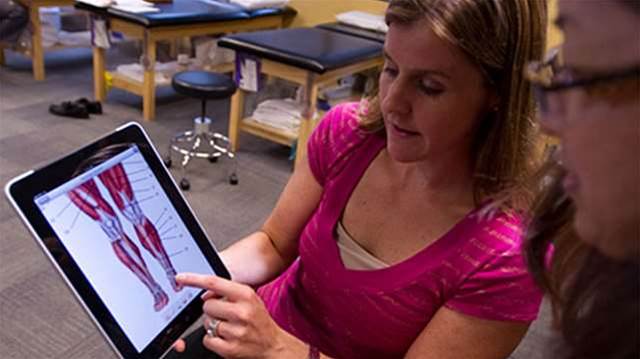One of the great challenges for eHealth is to convince governments, healthcare organisations, practitioners and the general public that it is worth the investment.

This involves first of all working out whether anyone is actually using the technology, then determining what they are using it for and finally trying to judge whether this use has any positive outcome.
These evaluations are all aspects of what is called “meaningful use” and apply to any technology, not just technology in healthcare.
When governments sell investment in technology to the public, they couch the benefits in terms of the positive outcomes of meaningful use, yet they measure the success of the deployment in terms of the more basic measures, specifically how many people are using the technology.
Use in this context can mean a download or registration. It doesn’t mean that they actually ever did anything further with the software or technology.
The use of download numbers or registrations can be useful if you are considering the deployment of the NBN for example, as it is very likely that people who connect to the NBN will actually use it.
When it comes to measuring the success in deployment of something like the PCEHR, it is very much less useful other than to serve as a distraction from the real issues of the success or failure of the investment.
In the case of the PCEHR, the Government is struggling to even get the registration numbers it had originally set out to achieve. It is falling short of its target of 500,000 registrants by June 2013 by a considerable margin. As of the end of April it had signed up only 109,000 people.
However, even if the number had been 500,000, the question should be asked whether these accounts were being used in a meaningful way.
For this to happen, they would have to have at the very least a current summary of the person’s health validated by the person’s GP.
And here is the first obstacle. The largest target group for which the PCEHR should provide some benefit are those who have chronic disease or conditions requiring the care of a number of health professionals.
This makes it almost impossible for a GP acting alone to provide a summary of a patient’s health. As soon as a specialist is involved, it really takes both the GP and the specialist to provide an accurate view.
Reinforcing the challenges that getting all health providers contributing to the PCEHR may face, a recent survey conducted by Accenture on healthcare IT usage in eight countries showed that in Australia, only 64 percent of doctors surveyed used their system to enter patient notes during or after consultations.
Not many more (67 percent) used their systems to receive clinical results electronically. Whilst GPs may be making more use of clinical systems, previous surveys have claimed that 94.7 percent of GPs in Australia used electronic systems for clinical functions. The same is not true in other health organisations.
Also, even though GPs may slowly gain access to the functionality that allows them to populate it through their systems, this is a long way from them actually doing so.
Financially, there is little incentive for them to do so. They will receive incentive payments from the Federal Government simply by having the software that is capable of contributing to the PCEHR, not for actually using it meaningfully.
The benefits of the PCEHR are about sharing clinical information electronically in a way that reduces error and increases accuracy and timeliness.
It is possible that it will deliver on this at some point and we will know this not because of the number of people that have signed up for the service, but by using measurements of the use of the record in everyday clinical practice that bring about clear improvements in patient outcomes.



.png&h=140&w=231&c=1&s=0)






 iTnews Executive Retreat - Security Leaders Edition
iTnews Executive Retreat - Security Leaders Edition












_(1).jpg&h=140&w=231&c=1&s=0)



